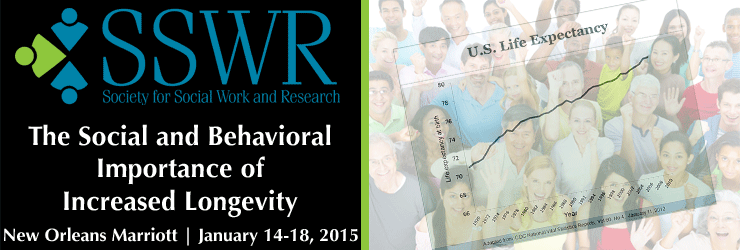Disparities in HPV Vaccine Completion and HPV Literacy Between Non-Latino Whites and Asian American Pacific Islanders Undergraduates
Methods: We performed a secondary data analysis using data from the University of Minnesota Health Behaviors of College Women Survey. Eligibility criteria include being a female undergraduate student in a large public university, aged18 - 26, AAPI or NLW, and English proficiency. A total of 1,012 female AAPI or NLW undergraduates between the ages of 18-25 completed the survey. The dependent variable was HPV vaccination completion (received 3 shots of vaccine). Using Andersen’s Behavioral Model of Health Services Use, this study employed 3 sets of independent variables. These factors were: predisposing factors: age and born in U.S.; enabling factors: father’s education, frequency of education about HPV and HPV vaccine, and knowledge about HPV and HPV vaccine; need factors: use of gynecological services and family and friends’ cancer history. Hierarchical binary logistic regression was conducted to investigate the research aims using IBM SPSS® version 20.0.
Results: Among NLW women, 65.1% completed the HPV vaccine series, while 35.2% of AAPI women reported completion. For all five measures of knowledge of HPV/ HPV vaccine, AAPI women scored significantly lower than NLW women. Among NLW women, father’s income, number of educational opportunities of HPV, knowledge of HPV, and use of gynecological services were significant predictors of vaccination. Among AAPI, only knowledge of HPV and gynecological service use were significant predictors.
Conclusions and Implications: Significant disparities in HPV/ HPV vaccine literacy and series completion existed between AAPI and NLW undergraduate women in our sample. The significant difference in knowledge of HPV/ HPV vaccine, as well as predictors of vaccination, indicate AAPI women may experience unique barriers to HPV knowledge or vaccination. As the first study to look at HPV vaccine knowledge and behavior of AAPI undergraduate females, these findings will be important to help guide future research in the area of reducing cervical cancer disparities among AAPI. Future studies should examine and address potential barriers, as well as intervene to increase vaccination completion among this vulnerable population.

